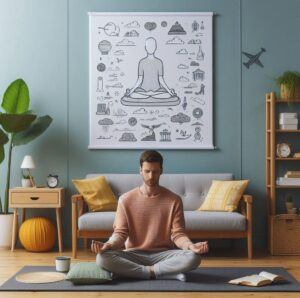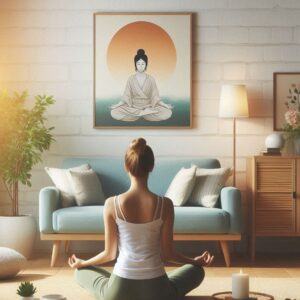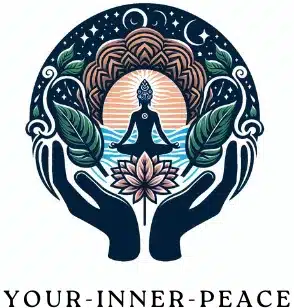
Welcome to our guide on creating a mindfulness meditation routine. In this article you will find practical advice, clear steps, and answers to common questions for beginners looking to start a meditation practice. We aim to offer a useful resource filled with insights that help you get a feel for meditation and its benefits. Meditation not only gives you a moment to relax but also helps you get in tune with your emotions and thoughts.
Q1: How do I start a mindfulness meditation routine?
For those new to meditation, mindfulness offers a very straightforward way to begin. Start by carving out a quiet moment during your day, even if you only have five minutes. Find a comfortable spot, sit with your back straight, and allow your mind to calm down gradually. This basic practice helps you build the habit of pausing and taking care of your mental space. As you continue your practice, you may notice an improvement in your ability to focus and a greater sense of calm that spreads into other areas of your life. Making time for yourself is a very important first step in nurturing mental wellbeing.
Q2: What are some core mindfulness exercises to try?
Mindfulness exercises vary from concentrating on your breath to engaging all your senses. A common exercise is to pay close attention to the feeling of your breath as you inhale slowly and exhale softly. You might focus on the sounds surrounding you or the gentle sensations in your body. These exercises help you remain present and calm, even when days feel hectic. Additionally, practicing such exercises regularly can help you build a solid foundation that supports mental clarity and emotional balance. Over time, you will notice that you are better able to manage distractions and stress.
Q3: How do I actually do mindfulness meditation?
To practice mindfulness meditation, start by sitting quietly in a comfortable position. Close your eyes, and turn your focus to your breathing. Count your breaths if that helps you settle in. When distracting thoughts move through your mind, simply observe them and gently bring your attention back to your breath. This cycle of noticing and returning becomes easier with practice. Over time, you will begin to see that even small sessions can help clear your mind and soothe your emotions. This simple yet effective routine can eventually be expanded into longer sessions as you feel more at ease.
Q4: What are the 5 basics of mindfulness practice?
A solid mindfulness routine covers a few simple fundamentals. First, learn to focus on your breath as your anchor. Second, practice accepting thoughts as they come without judgment. Third, gently steer your attention back when it wanders. Fourth, develop a regular routine that fits naturally into your day. Fifth, extend this method to everyday activities such as eating or walking. These fundamentals make mindfulness approachable and effective for cultivating daily wellbeing. When you consistently apply these steps, they tend to have a positive ripple effect on your overall stress levels and mental clarity.
Q5: How can mindfulness meditation help with anxiety?
Practicing mindfulness can offer a way to reduce anxiety by grounding you in the present moment. Observing anxious thoughts without getting drawn into them is a powerful exercise. As you get more practice, you may find that your body relaxes, and your mind becomes less cluttered. This mindful approach is very important for lowering stress levels and making anxiety feel more manageable over time. Integrating mindfulness into your daily routine can serve as a tool that helps you cope better with challenges as they arise.
Q6: What is a simple 2-minute mindfulness exercise?
If you’re pressed for time, try a quick 2-minute mindfulness practice. Sit comfortably and take a deep, slow breath. Close your eyes and focus solely on the sensation of breathing. With each inhale and exhale, notice how the air moves through your body. This brief session can clear your mind and help you reboot during a busy day. Even such a short exercise, when done regularly, can gradually help you develop a more relaxed and centered approach to life.

This guide outlines a simple yet effective method for starting and maintaining a mindfulness meditation routine. Whether you are facing stress or simply trying to build a new habit, mindfulness meditation offers practical tools and significant benefits. By incorporating these techniques into your daily life, you can foster a sense of calm that extends far beyond your meditation sessions. Every mindful moment adds up, and even small, consistent efforts lead to noticeable rewards.
Additional Tips for a Successful Mindfulness Meditation: It is very helpful to set aside a regular time each day for your practice. Consider keeping a journal to jot down your thoughts after each session; this can help you track progress and notice subtle shifts in your mood and concentration. Experiment with different postures or even soft background sounds that encourage relaxation. Remember, creating a personalized routine that resonates with you is a really important part of the process. Over time, you may find that these moments of quiet reflection become an essential part of your overall wellness strategy, helping you maintain balance and clear-mindedness in all aspects of life.
